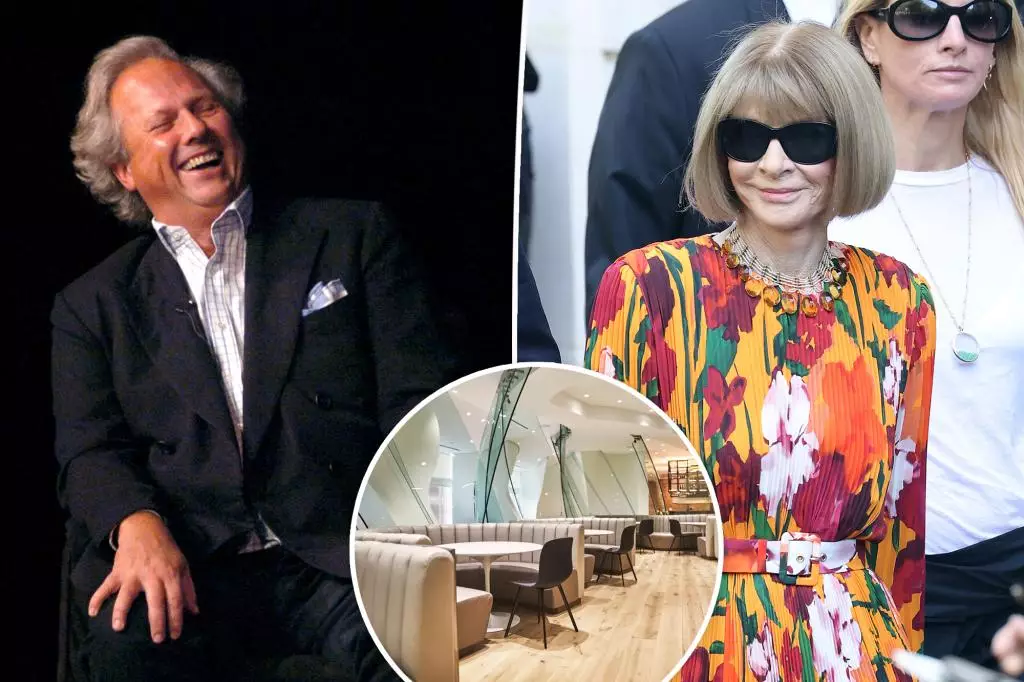Once the beating heart of Condé Nast’s creative and social universe, the legendary cafeteria is poised to reclaim its place among New York’s cultural landmarks. For years, this space was far more than a mere dining hall; it was a fertile ground for connecting influential editors, fostering clandestine conversations, and shaping the narratives that would influence American media and fashion. The upcoming return signifies more than nostalgia—it marks a deliberate attempt to revive the unique aura of exclusivity, innovation, and social power that once defined the company’s internal culture.
From Functional Space to Cultural Icon
Designed by the acclaimed architect Frank Gehry, the cafeteria was a testament to the era’s bold architectural aspirations. Gehry’s visionary use of unconventional materials and dramatic forms transformed a simple corporate dining area into a spectacle of modern design. Titanium panels and sinuous Venetian glass created a visual landscape that exuded sophistication, mirroring the glossy magazines and high fashion that Condé Nast championed. It wasn’t just about aesthetics; it was a carefully curated environment intended to impress, inspire, and subtly reinforce the authority and allure of the media empire.
The Power of Environment in Shaping Influence
What made the cafeteria special went beyond its striking architecture. It was a space where the boundaries between work and social life blurred, fueling idea exchange and behind-the-scenes decision-making that would ripple through industries. The intentional design details, like distorted mirrors and luxurious banquettes, subtly played to the psychological and social needs of its elite occupants—enhancing their confidence while encouraging discreet exchanges. This was a microcosm of Condé Nast’s broader mission: cultivating a culture of sophistication, influence, and innovation.
Legacy and Modern Repercussions
The cafeteria’s closure in 2011 and subsequent repurposing as a legal firm cafeteria reflected a shift in corporate priorities and aesthetic ideals. Yet, the nostalgia remains powerful. The upcoming event, centered around Michael M. Grynbaum’s revealing book, underscores how this space remains a symbol of a golden era of media oligarchy. It also raises questions about the importance of physical environment in maintaining a company’s mythos and its influence over cultural trends.
A Reflection of Power, Style, and Cultural Shaping
Ultimately, the rumored return of the Condé Nast cafeteria isn’t just about reopening an iconic restaurant; it’s an assertion of legacy. It’s about remembering how design, exclusivity, and environment have historically played vital roles in securing influence and shaping cultural narratives. In a media landscape increasingly driven by digital immediacy, the revival of such a space is a reminder of the visceral power that physical environments and carefully curated aesthetics wield in crafting the stories—and the legends—that define generations.

